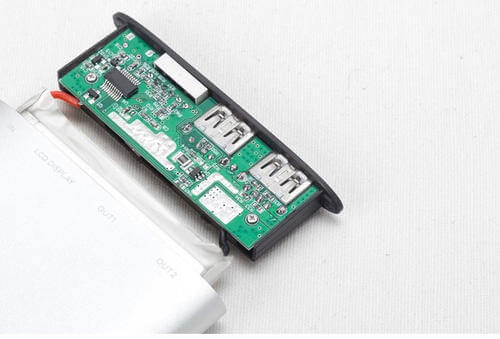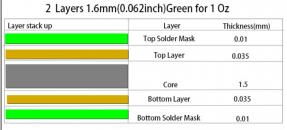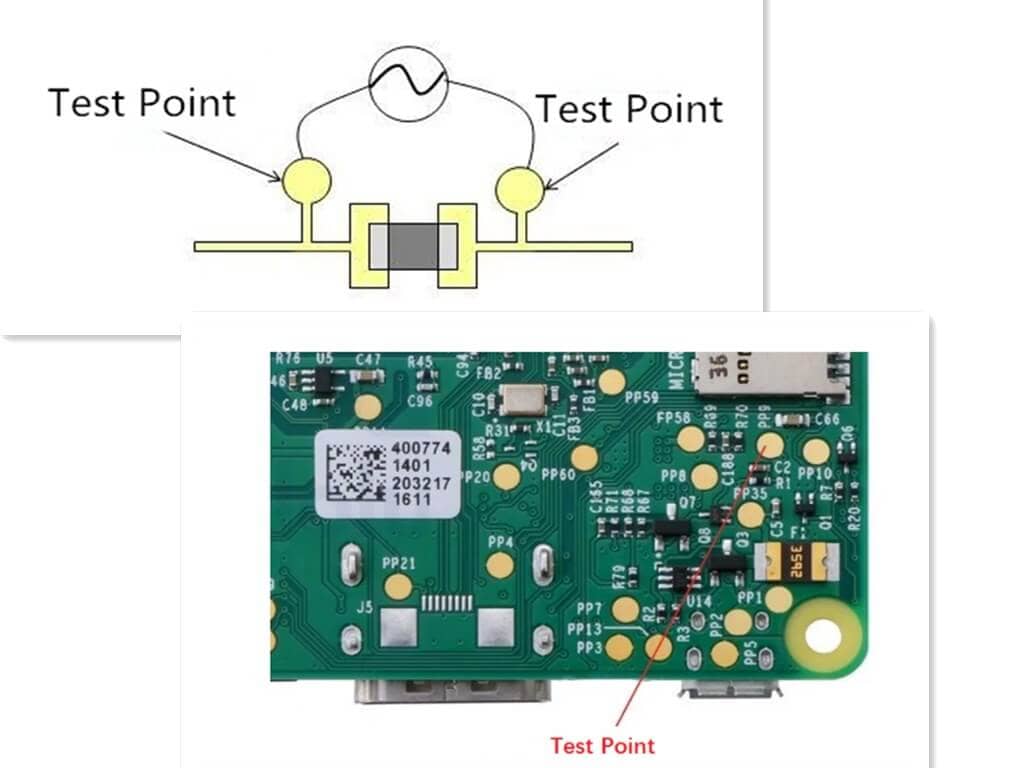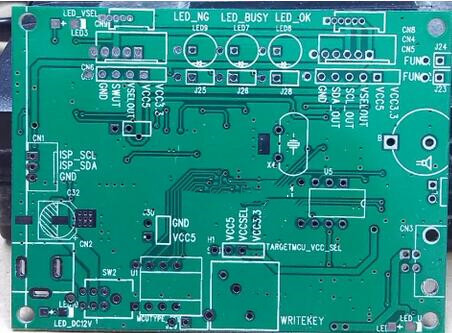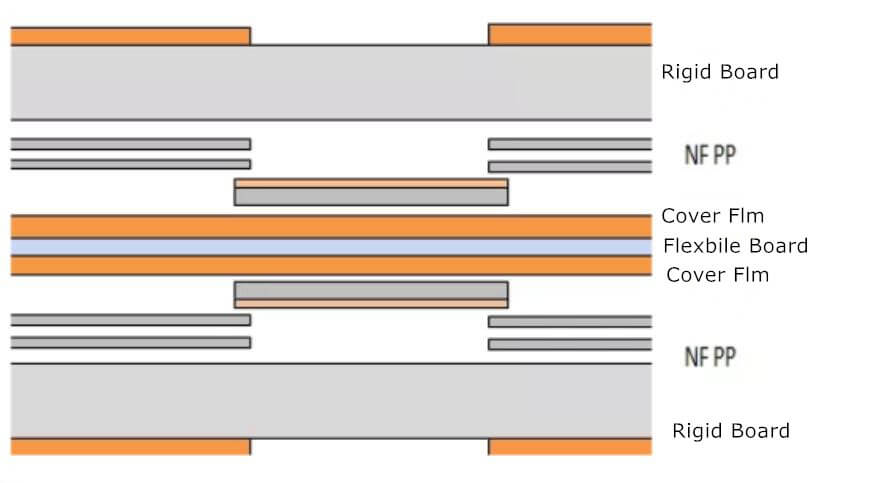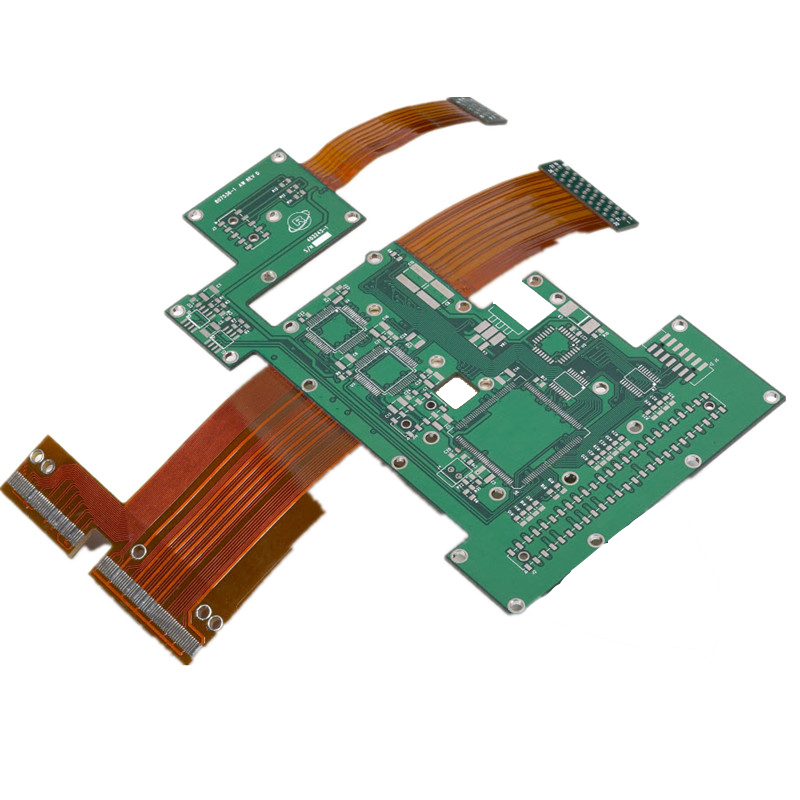What’s a Circuit Diagram?
A circuit diagram refers to a diagram showing circuit connections with circuit element symbols. Circuit diagram is a kind of principle layout diagram which is drawn with standardized symbols of physical electricity to represent the composition and relationship of components for the needs of research and engineering planning. The working principle of components can be known from the circuit diagram, which provides a planning scheme for analyzing performance and installing electronic and electrical products. In designing the circuit, the engineer can calmly carry out it on paper or computer, and then carry out the actual installation after confirmation and improvement. Improve and fix errors through debugging until success. Using circuit simulation software for circuit aided design and virtual circuit experiment can improve engineers’ work efficiency, save learning time and make the physical diagram more intuitive.
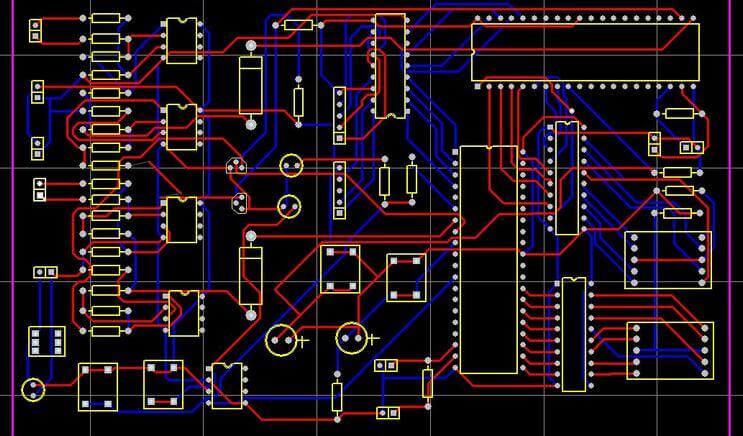
Circuit Working Principle
To understand the circuit diagram, you must first master the working principle of the circuit, and then we will talk about how to master the working principle of the circuit.
- Analyze the main circuit. From the main circuit, analyze the control contents of each motor and actuator according to the control requirements of each motor and actuator, such as motor start, steering control, braking and other basic control links.
- Analyze the auxiliary circuit. Look at the power supply of the auxiliary circuit, and clarify the role of various electrical components in the auxiliary circuit and their restrictive relationship with each other.
- Analyze interlocking and protection links. Production machinery has high requirements for safety and reliability. To realize these requirements, in addition to reasonably selecting the driving and control scheme, a series of electrical protection and necessary electrical interlocking are also set in the control circuit.
- Analyze special control links. In some control circuits, some special links that are not closely related to the main circuit and control circuit and are relatively independent are also set. Such as product counting device, automatic detection system, thyristor trigger circuit, automatic temperature regulating device, etc. These parts often form a small system. The method of drawing reading and analysis can refer to the above analysis process, and flexibly use the learned knowledge of electronic technology, communication technology, automatic control system, detection and conversion to analyze them one by one.
- Overall inspection. After dividing the whole into parts and gradually analyzing the working principle of each local circuit and the control relationship between each part, the whole control circuit must be checked with the method of integrating zero into whole to see if there is any omission. Finally, we should further check and understand the relationship between each control link from the overall perspective, so as to clearly understand the function, working process and main parameters of each electrical component in the circuit diagram.
3 Steps to Understand The Circuit Diagram
Step 1: Read various circuit diagrams from large to small and from coarse to fine.
General circuit diagrams mainly include complete machine or system block diagram, block or system circuit schematic diagram, printed circuit board diagram and block wiring diagram. These circuit diagrams have their own uses and characteristics, but they have internal relations. When reading these circuit diagrams, you can read them in the order from large to small and from thick to thin. This order is in line with the general law of people’s understanding of things. Practice has proved to be an effective method, which can make beginners take many detours less.
Step 2: According to the basic circuit program, you can read the circuit block diagram (system, block or whole machine).
There are several types of circuit diagrams of the whole machine, among which the composition block diagram is the basis of other types of circuit diagrams and the basis of reading circuit diagrams. The block diagram also includes simplified block diagram, detailed block diagram, block composition block diagram and system block diagram of the whole machine. Sometimes, the reader has incomplete information at hand, may not have the above various block diagrams, or the type of block diagram is incomplete. In order to read the diagram correctly and deeply, the reader should draw a reference block diagram.
According to the basic circuit program, the circuit block diagram can be drawn. The block diagram of the whole machine can be drawn according to the circuit program of the circuit schematic diagram of the whole machine, the block diagram of the plate system can be drawn according to the circuit program of the plate circuit diagram, and the system block diagram can be drawn according to the circuit program of the system circuit diagram. The circuit composition block diagram does not reflect the specific structure of the circuit, but mainly reflects the function of the circuit, the transformation process of the signal, the relationship between circuits at all levels or system circuits, and the context of various signals. In fact, one of the important tasks of looking at the circuit diagram is to study and analyze the content, type, waveform and their transformation law of the transmitted signal. The process of drawing block diagram is a practical process of understanding circuits and a practical stage of analyzing and studying circuits, which can lay an ideological and material foundation for in-depth reading of practical circuit diagrams. The drawn block diagram can reflect the reader’s reading results and level.
Step 3: Analyze the practical circuit schematic diagram (system, plate and whole machine) according to the signal transformation principle of the whole machine.
On the basis of reading the block diagram, we must further read the specific practical circuit schematic diagram. To truly understand the circuit schematic diagram, you must read it in combination with the basic principle of the whole machine, that is, analyze what specific circuit is used to complete the signal processing process and why this circuit is used to complete this function instead of other circuits.
According to the thickness and size of the circuit function, the practical circuit diagram can be divided into unit circuit diagram, system circuit diagram, plate circuit diagram and whole machine circuit diagram. Due to the increasing integration level, a large number of unit circuits have entered the integrated chip. Therefore, at present, the analysis of practical circuit diagram is mainly the analysis of system circuit diagram and plate circuit diagram. In fact, the reading system circuit and plate circuit are mainly reading integrated circuits, that is, reading the type function, signal processing process and lead-out pin function of integrated blocks, as well as the connection between collector circuits, the connection between integrated circuits and peripheral circuits or components, etc.
The Method and Steps Illustration to Understand Circuit Diagram
Judge the direction of signal processing flow.
According to the overall function of the circuit diagram, find out the total input and output of the whole circuit circle, and then judge the signal processing flow direction of the circuit diagram. The function of the wireless microphone is to modulate the voice signal to the high-frequency signal and transmit it. In the circuit diagram of follow figure, the microphone BM is the main input and the antenna W is the main output. The direction of signal processing flow is from the main input end to the main output end. Fig. is arranged from left to right.
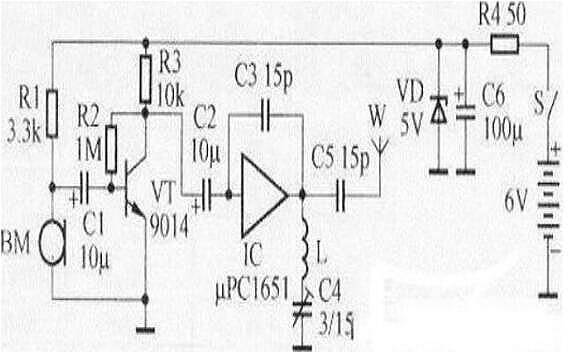
Division unit circuit
Generally speaking, transistors and integrated circuits are the core components of each unit circuit. Therefore, we can take the main components such as transistors or integrated circuits as the symbol, decompose the circuit diagram into several unit circuits according to the direction of signal processing flow, and draw the circuit principle block diagram accordingly. The block diagram is helpful for us to master and analyze the circuit diagram.
Analysis of DC power supply circuit
In the circuit diagram, the power supply is usually arranged on the right, and the DC power supply circuit is arranged from right to left. In above Figure, the DC working power supply of the whole circuit is a 6-volt battery, and R4, C6 and voltage stabilizing diode VD constitute a voltage stabilizing circuit to improve the stability of the circuit. S is the power switch.

